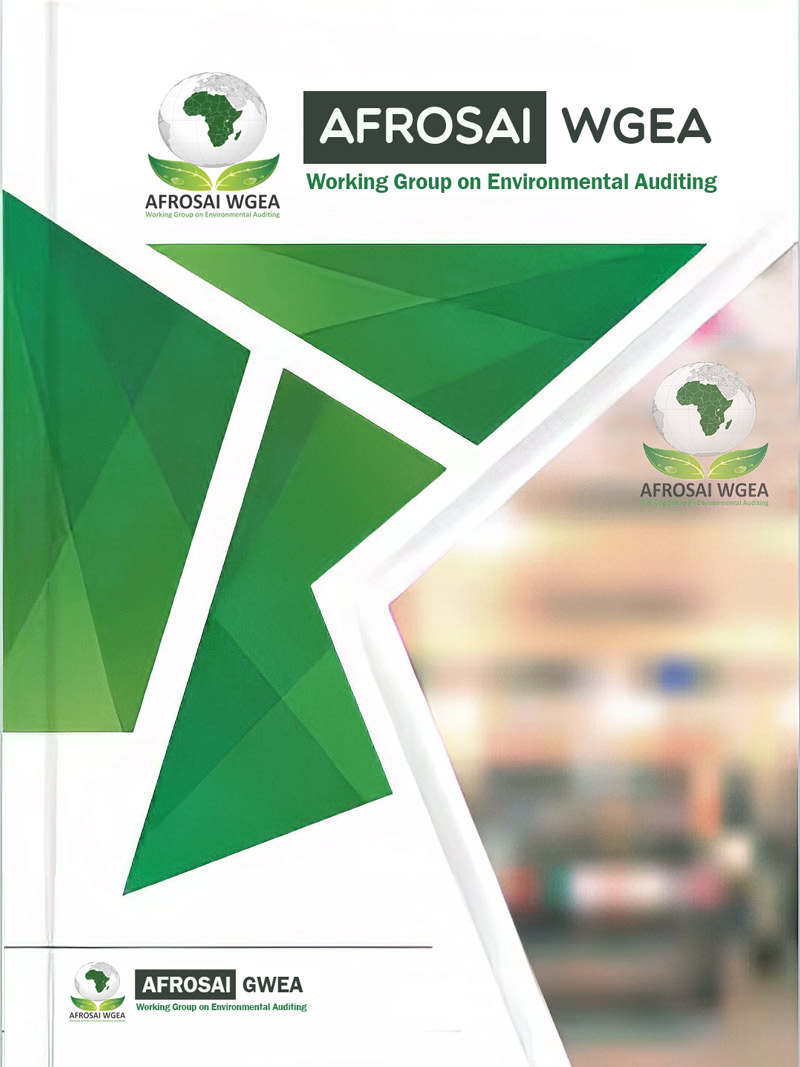Joint Audit Report of Nigeria on Environmental Audit on the Drying Up of the LAKE CHAD
Lake Chad, once known as “the Pale-Chadian Sea”, was the fourth biggest lake in Africa in 1963 with a surface area of 25 000 km2 (MBODOU, 2006). Situated in the Sahel region of Africa and bordered by four countries – Chad to the east (50%), Niger to the northwest (17%), Nigeria to the west (25%) and Cameroon to the south (8%), this lake was one of the largest bodies of fresh water on the African continent.
The geographical or drainage basin with its surface area of 2,381,636 km2, making out 8% of the African continent’s surface, is shared by Algeria, Libya, Cameroon, Nigeria, Niger, the Central African Republic (CAR), Sudan, and Chad.
The conventional basin or active basin, which falls under the Lake Chad Basin Commission (LCBC)’s jurisdiction, takes up one sixth of the geographical basin and is a water source shared by Cameroon, Nigeria, Niger, Chad, the Central African Republic and Libya. With the accession of the latter two countries in 1994 and 2000 respectively, the conventional basin today covers an area of almost 984,455 km2, distributed as follows according to 1994 NASA data:
 24 Apr, 2022
24 Apr, 2022
 25 Dec, 2021
25 Dec, 2021
 27 May, 2021
27 May, 2021